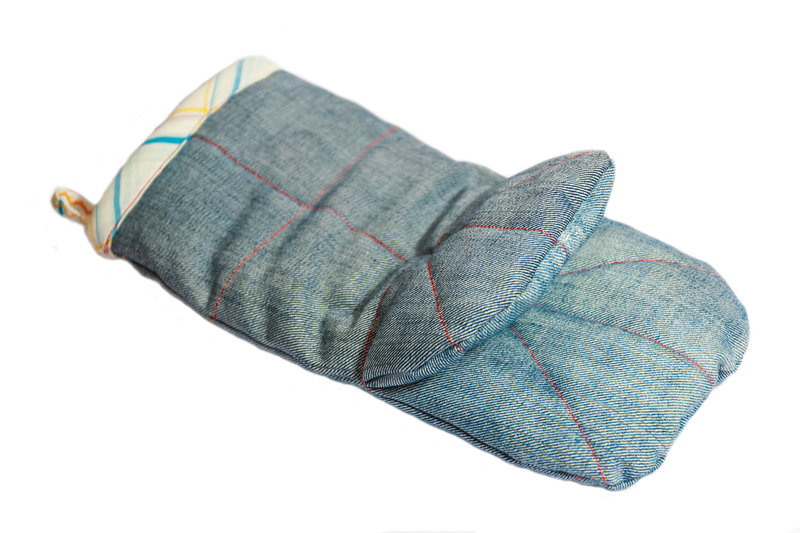Help the Planet by Disposing of Your PPE Responsibly
During the COVID-19 pandemic and beyond, Personal Protective Equipment (PPE) has become a part of our daily lives. We use masks, gloves, face shields, and more to protect ourselves and others from harmful diseases. But as PPE use increases, how we dispose of it matters more than ever. If not handled properly, PPE can cause severe environmental damage. Learning how to safely and responsibly dispose of your PPE can help preserve the planet and make a positive impact on public health.
Why Proper PPE Disposal Matters
The surge in PPE usage has led to a new kind of pollution threat. Reports show that millions of single-use masks and gloves are discarded daily, often ending up in our oceans, parks, and streets. Improperly dumped PPE poses a risk not only to wildlife but to humans as well.
- Environmental Impact: Most PPE is made from plastics like polypropylene, which take hundreds of years to break down. Discarded masks and gloves can easily find their way into waterways, harming marine life and polluting the food chain.
- Threat to Wildlife: Animals can mistake PPE for food or become entangled in straps, leading to injury or death.
- Human Health Hazard: Used PPE can harbor harmful pathogens, risking further disease transmission to sanitation workers and communities.
Responsible PPE disposal is an essential part of protecting both the environment and public health.

Types of PPE and Their Environmental Impact
Masks
The most common type of mask is the disposable surgical or dust mask, typically made from layers of plastic fibers. Reusable cloth masks present a more sustainable option but require regular cleaning and proper handling.
Gloves
Many gloves used in medical and everyday settings are produced from latex, nitrile, or vinyl. These materials do not decompose quickly, and their improper disposal can contribute to plastic pollution.
Face Shields & Protective Gowns
Face shields are often made from various plastics, while gowns may be disposable or reusable. Non-biodegradable, disposable gear can build up in landfills and natural environments.
Common Mistakes in PPE Disposal
- Tossing used masks, gloves, or gowns onto the street or in public places
- Mixing PPE with standard household recyclables
- Improperly sealing used PPE in waste bins, allowing it to scatter or contaminate other waste
These mistakes can lead to the spread of disease and environmental harm, so it's crucial to know the correct disposal methods.
Best Practices for Disposing of PPE Responsibly
Step 1: Remove PPE Safely
- Remove gloves first by peeling them away from your wrist without touching outside surfaces.
- Take off your mask using the ear loops or ties--avoid touching the front.
- Wash your hands immediately after handling used PPE.
Step 2: Do Not Litter
- Never drop PPE on the ground or outside waste containers.
- If you see discarded PPE in public spaces, safely pick it up (using gloves or a tool) and dispose of it properly.
Step 3: Place in the Right Bin
- Most single-use PPE, like masks and gloves, belong in the "general waste" bin--not your recycling. They can contaminate recycling streams and put facility workers at risk.
- If possible, seal used PPE in a plastic bag before throwing it away to reduce the chance of contamination and litter.
Step 4: Consider Reusable Options
- Use washable, reusable masks whenever possible.
- Choose reusable face shields and gowns if available and clean them according to guidelines.
Step 5: Support PPE Recycling Initiatives
- Some manufacturers and local communities have introduced special PPE recycling programs. These accept specific items like masks and face shields for processing.
- Research if your area offers PPE recycling drop-off points and use them whenever available.
The Consequences of Irresponsible PPE Disposal
Disposing of PPE irresponsibly has a ripple effect on the environment and community health. Here's what's at stake:
- Ocean Pollution: Studies estimate that billions of protective masks already line the world's oceans, breaking down into harmful microplastics.
- Harm to Wildlife: Animals ingest or become entangled in gloves and mask straps, leading to fatalities.
- Blocked Sewers & Urban Flooding: PPE tossed into storm drains can cause blockages, raising the risk of urban floods and sanitation issues.
- Spread of Disease: Discarded PPE with lingering pathogens increases risk of further disease outbreaks in both human and animal populations.
Innovative Solutions for PPE Disposal
PPE Recycling Technologies
New recycling innovations are beginning to tackle this waste challenge. Specialized programs handle used PPE by:
- Melting plastics from masks and face shields for reuse in construction materials or new products
- Sterilizing and shredding plastics for safe reintegration into manufacturing
Corporate and Government Initiatives
- Some companies have launched "take-back" schemes for PPE, collecting used gear from hospitals and workplaces.
- Governments are encouraging clearer labeling and better waste management systems for PPE disposal.
Community-Based Campaigns
- Grassroots organizations and volunteers organize clean-up drives focused on PPE litter.
- Public education campaigns help inform citizens of correct disposal practices.
PPE Alternatives to Reduce Environmental Impact
Washable Cloth Masks
Replacing disposable masks with washable cloth options greatly reduces waste. Make sure to wash masks regularly with soap and hot water.
Biodegradable & Compostable PPE
Some companies are developing biodegradable masks and gloves using materials like bamboo fiber, paper, or natural latex. These break down faster and can be composted in some cases.
Educating Others for a Collective Impact
- Share what you know--talk to friends, family, and coworkers about the dangers of PPE littering and best disposal methods.
- Encourage schools, workplaces, and community centers to provide clear signage and disposal instructions for PPE.
- Report areas with PPE litter to local authorities or participate in organized clean-ups.
Remember: Every small action counts when it comes to protecting our planet!
Frequently Asked Questions on PPE Disposal
Can I recycle my disposable mask or gloves at home?
No. Disposable masks and gloves are typically made of mixed materials and may contain bacteria or viruses. They belong in the trash, not in household recycling bins.
What should I do with reusable PPE?
Cloth masks and other reusable items should be washed and cared for according to manufacturer instructions. Only dispose of them when they are damaged or worn out.
How can I help my community with responsible PPE disposal?
Spread awareness, participate in clean-up activities, and advocate for proper waste management systems in public places.

Conclusion: Your Responsible Choice Can Help the Planet
Disposing of Personal Protective Equipment responsibly is a simple yet powerful way to contribute to global environmental protection efforts. Start by understanding the right disposal methods for PPE, choosing sustainable alternatives whenever possible, and educating others around you. Every responsible action helps break the chain of plastic pollution, safeguarding our oceans, wildlife, and communities. Help save the earth, one mask and glove at a time!
Additional Resources
- World Wildlife Fund: The Real Impact of Disposable Masks
- CDC Guidance on Cleaning and Disinfecting
- WHO: PPE Waste Management in COVID-19
Let's unite to dispose of PPE responsibly--for our health, the environment, and future generations.